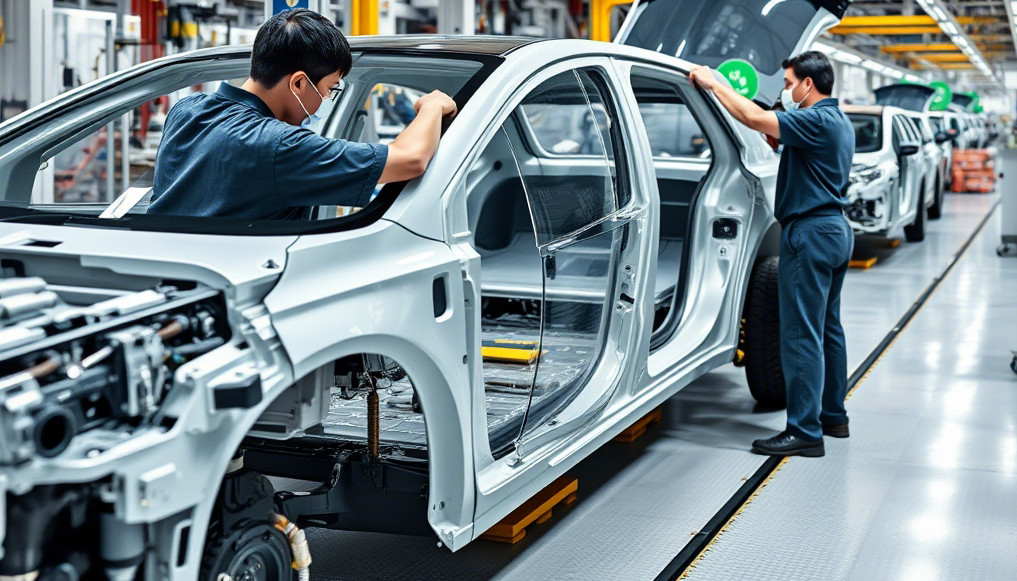Reducing CO₂ Emissions Through Lightweight Design
One of the biggest advantages of plastics in automotive manufacturing is their lightweight properties. According to the Plastics in Automotive Group (GPA), a typical 1.5-ton vehicle contains about 15% plastic, significantly reducing its overall weight. Studies show that a 100 kg reduction in vehicle weight leads to a 10 g/km drop in CO₂ emissions.
By replacing heavier materials like metal with advanced polymers, automakers can improve fuel efficiency in traditional vehicles and extend the range of electric cars. As a result, plastics are playing a crucial role in helping the industry meet strict environmental regulations aimed at reducing climate impact.
Replacing Hazardous Materials
Beyond weight reduction, plastics help eliminate toxic materials that harm both human health and the environment, including:
Lead
Mercury
Cadmium
Thanks to innovations in polymer technology, these hazardous substances are being phased out in favor of safer, non-toxic alternatives, making vehicles cleaner and more sustainable.
Enhancing Safety and Durability
Plastics also contribute to improved passenger safety:
Plastic bumpers: Absorb impact energy more effectively.
Nylon or polyester airbags: More durable and reliable.
Lightweight components: Reduce injury risks in collisions (e.g., plastic drive shafts).
These innovations prove that plastics are not just lightweight—they also enhance safety and performance.
Design Flexibility and Comfort
Thanks to their moldability, plastics enable innovative designs and complex shapes, especially with 3D printing. This gives manufacturers greater creative freedom while improving passenger comfort. Electric vehicles, which rely heavily on plastic components, benefit significantly from these advancements.
Conclusion
Contrary to popular belief, plastics are a vital tool in reducing automotive pollution. By cutting vehicle weight, replacing hazardous materials, and improving safety, plastics are driving the industry’s green transition. As environmental regulations tighten, their role will only grow, making plasturgy a cornerstone of sustainable automotive manufacturing.


























